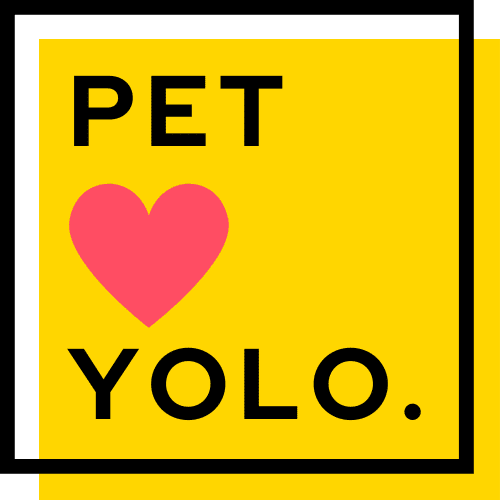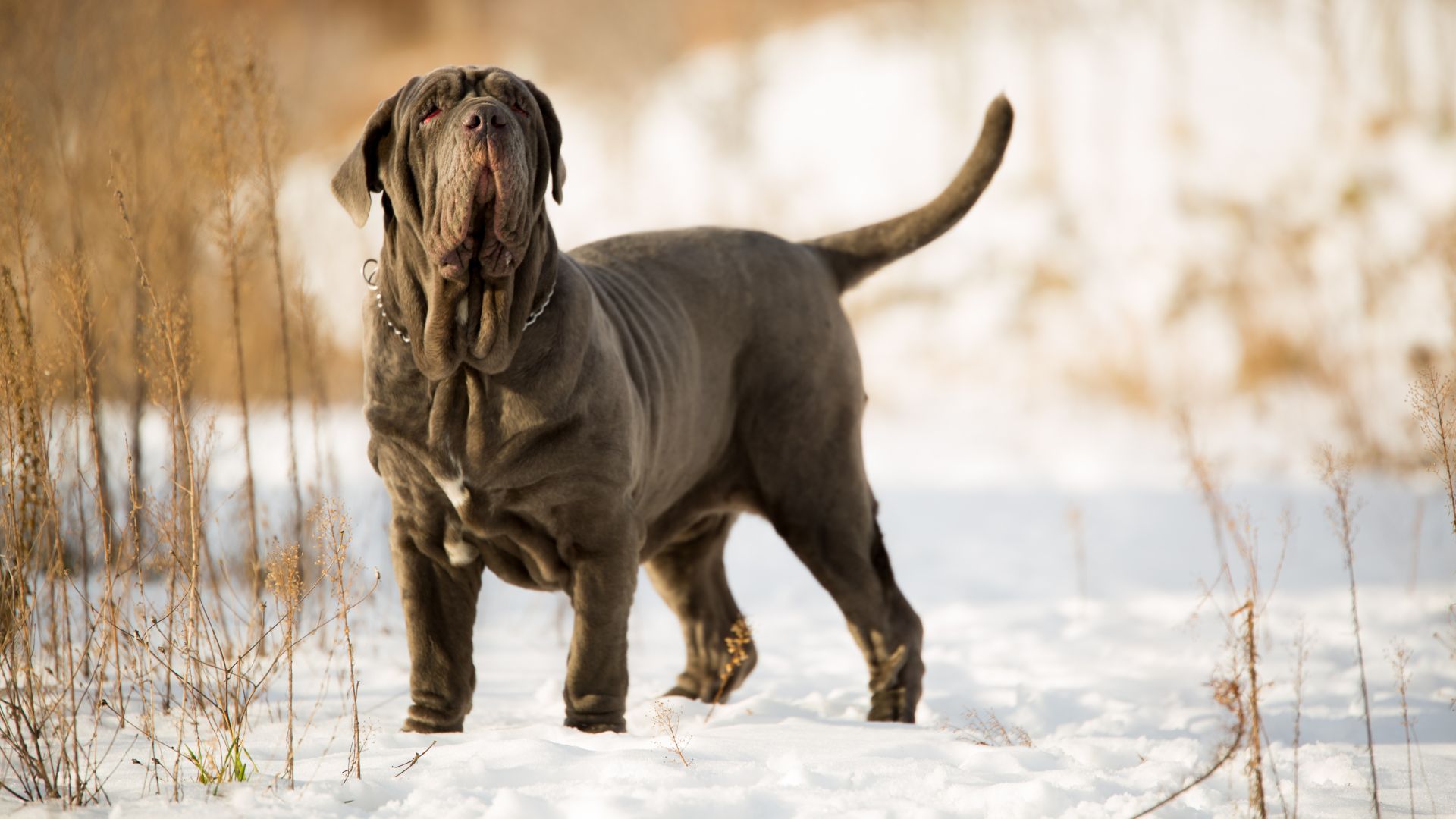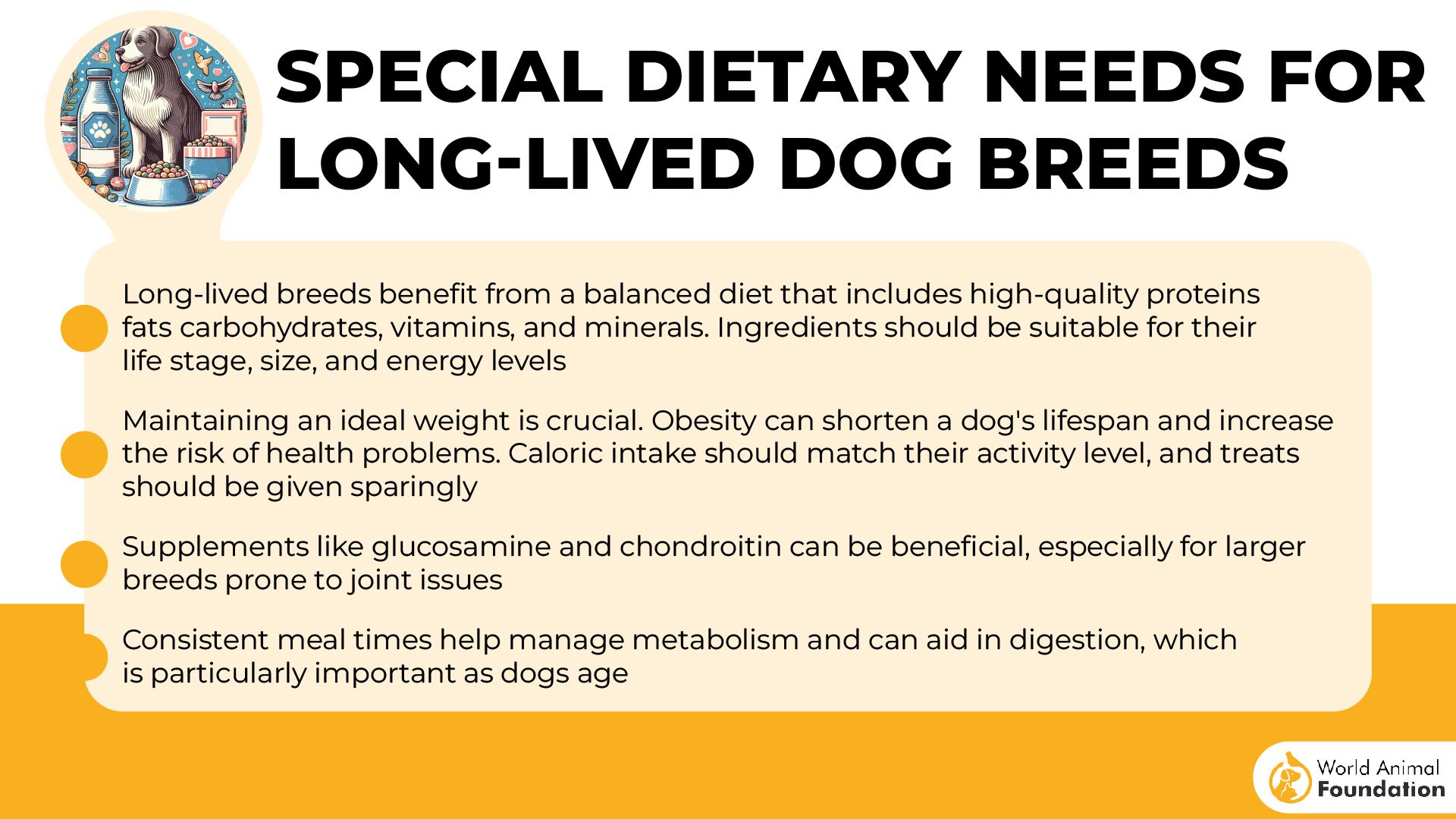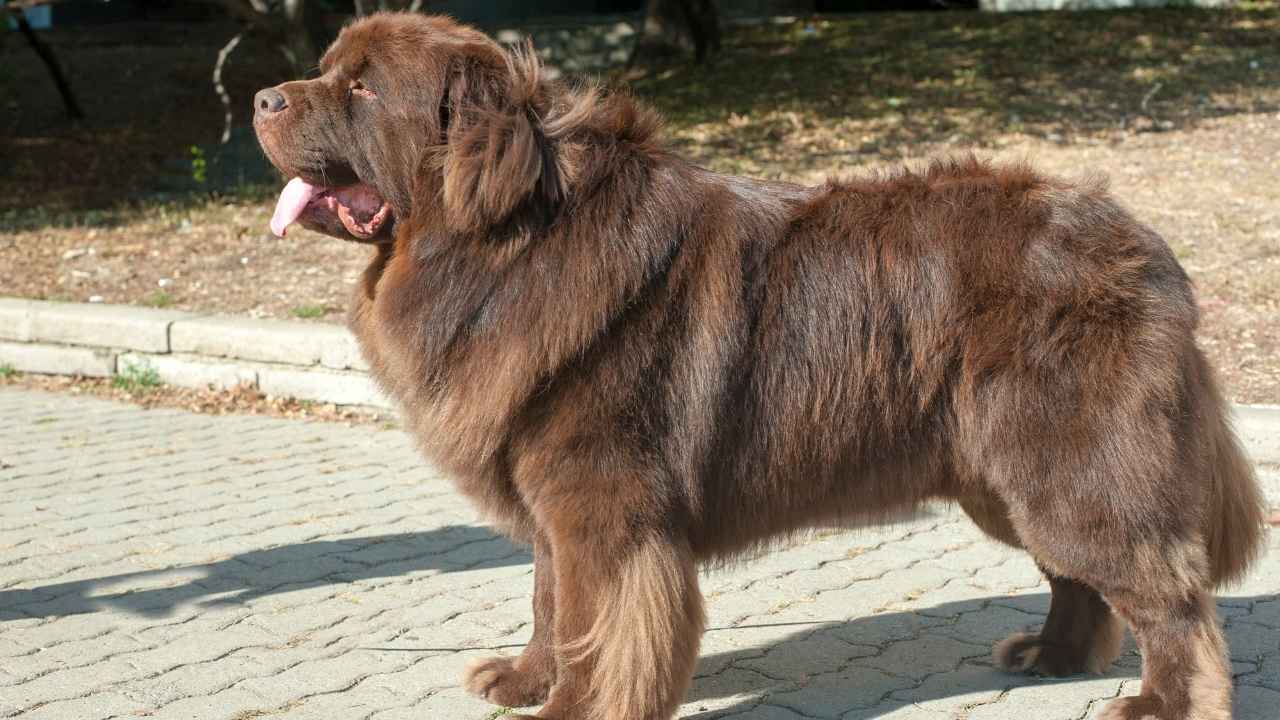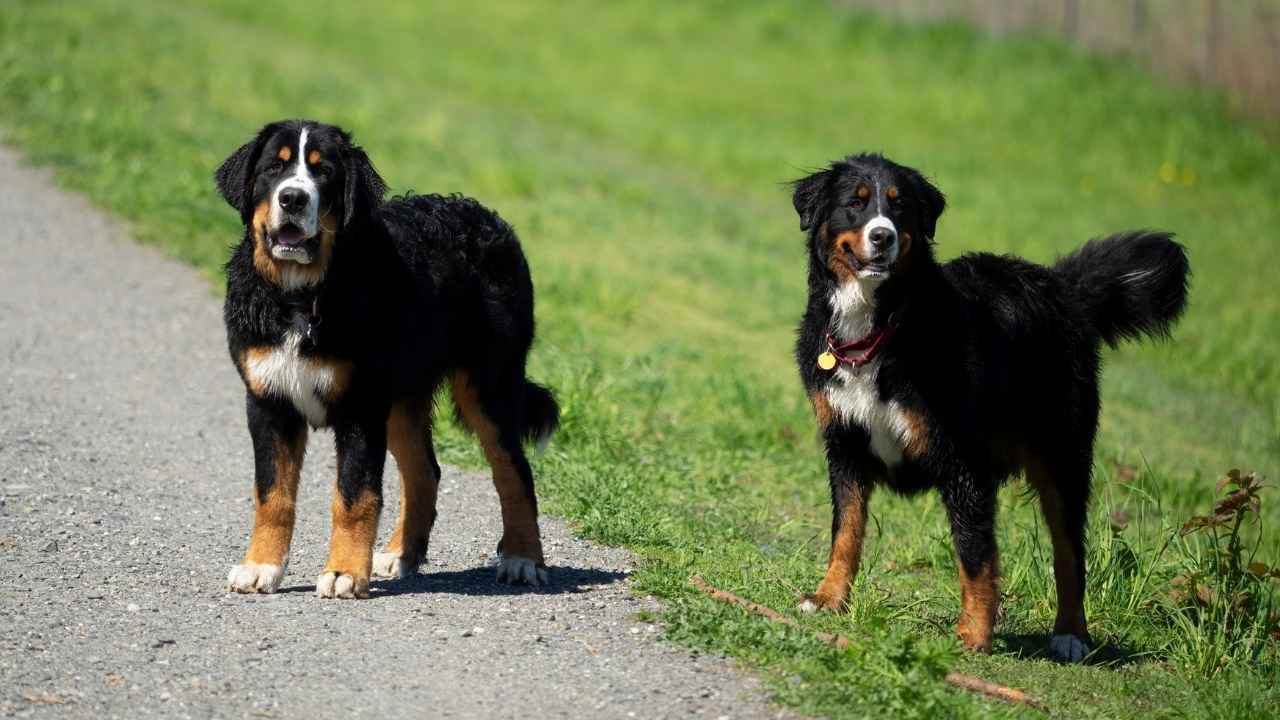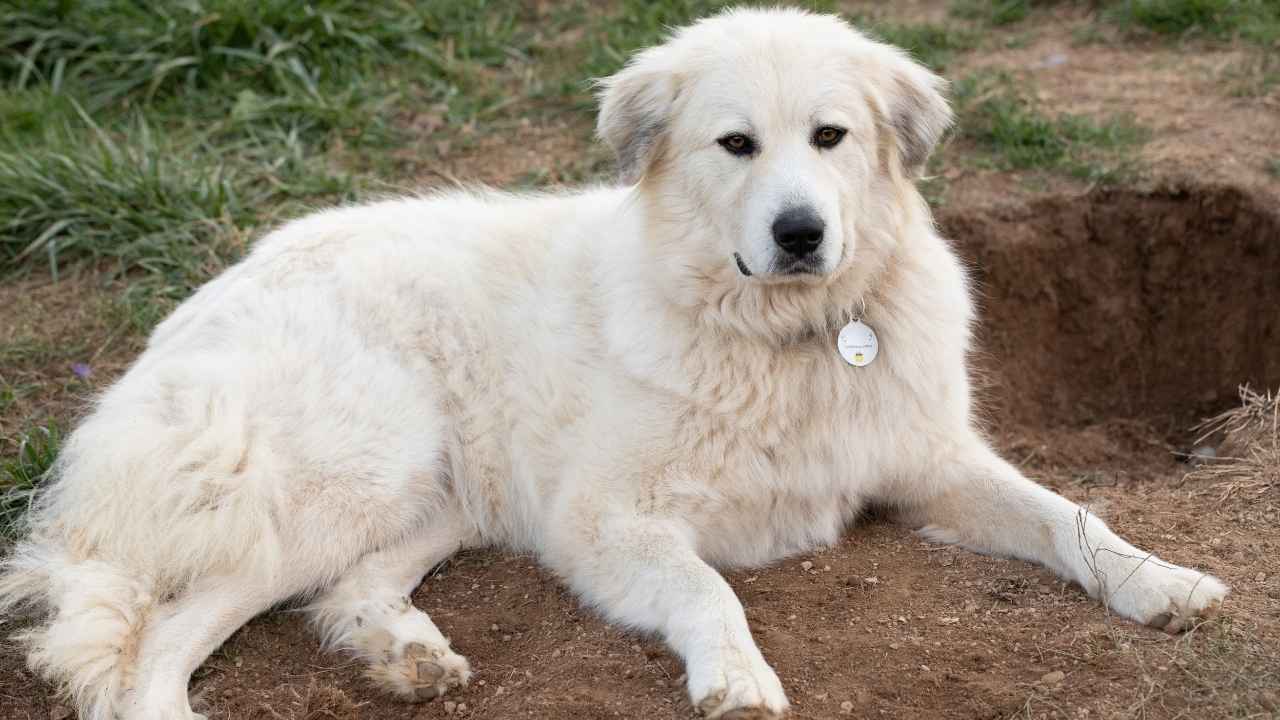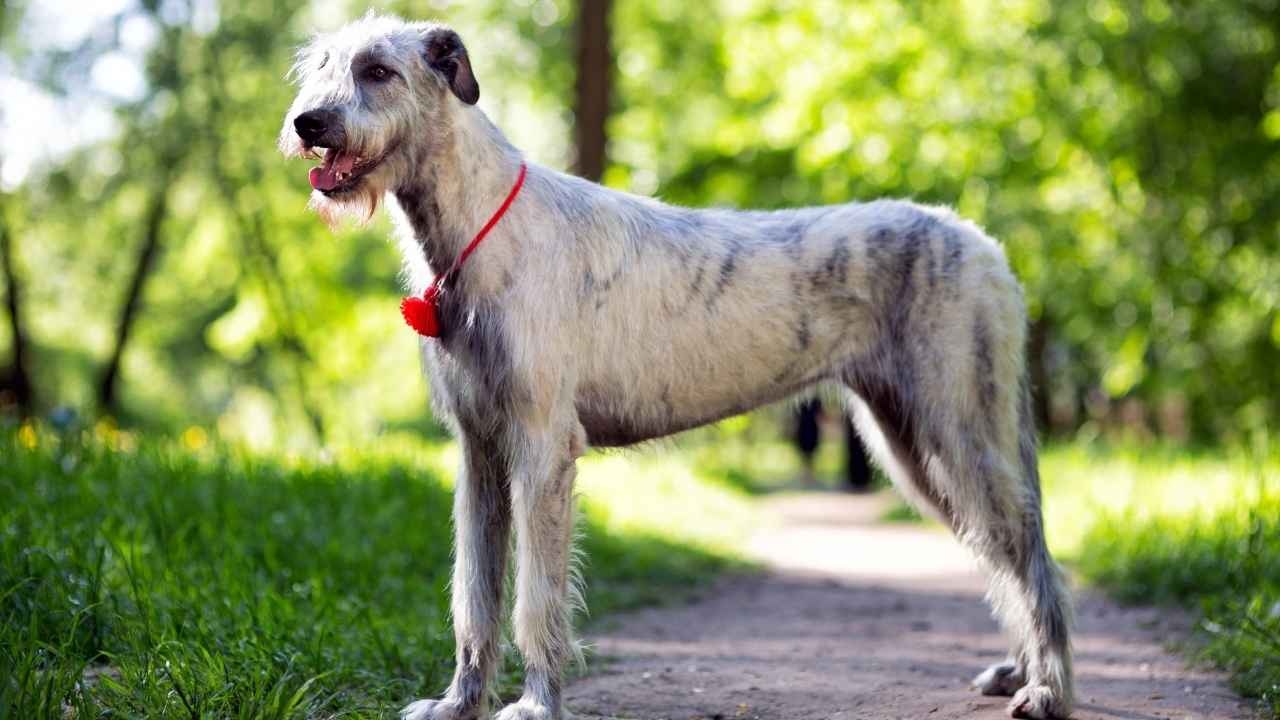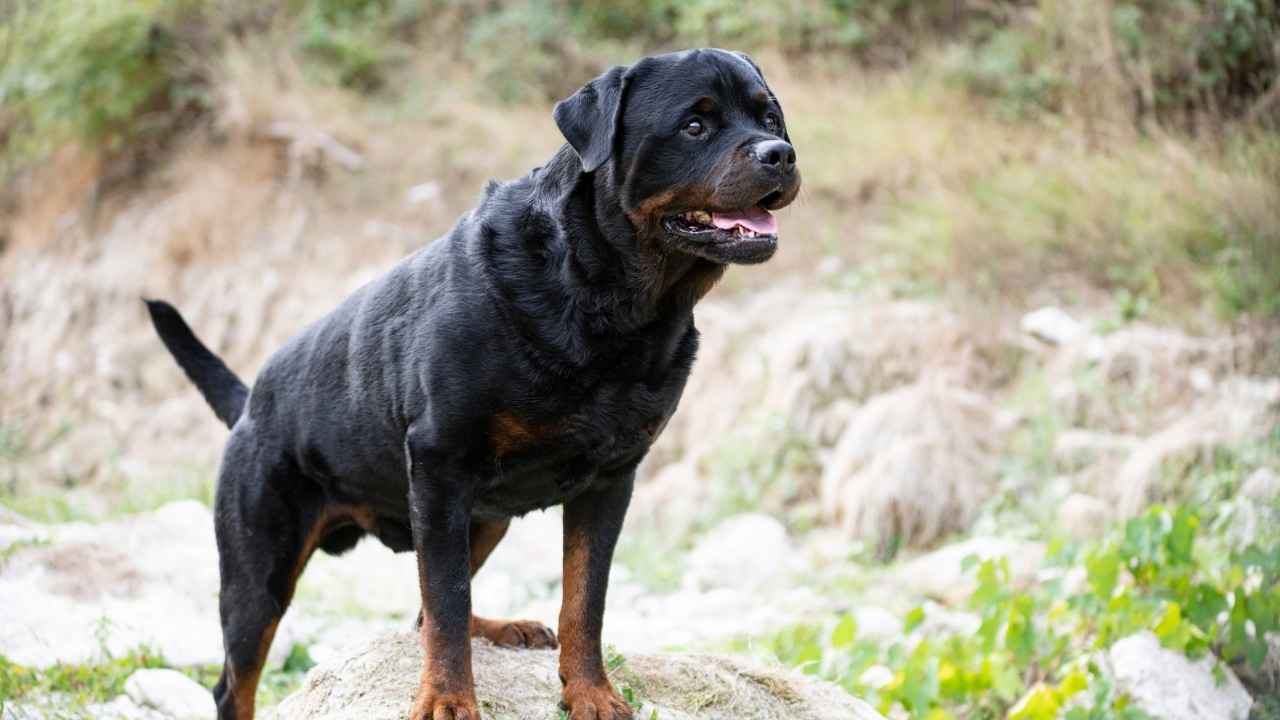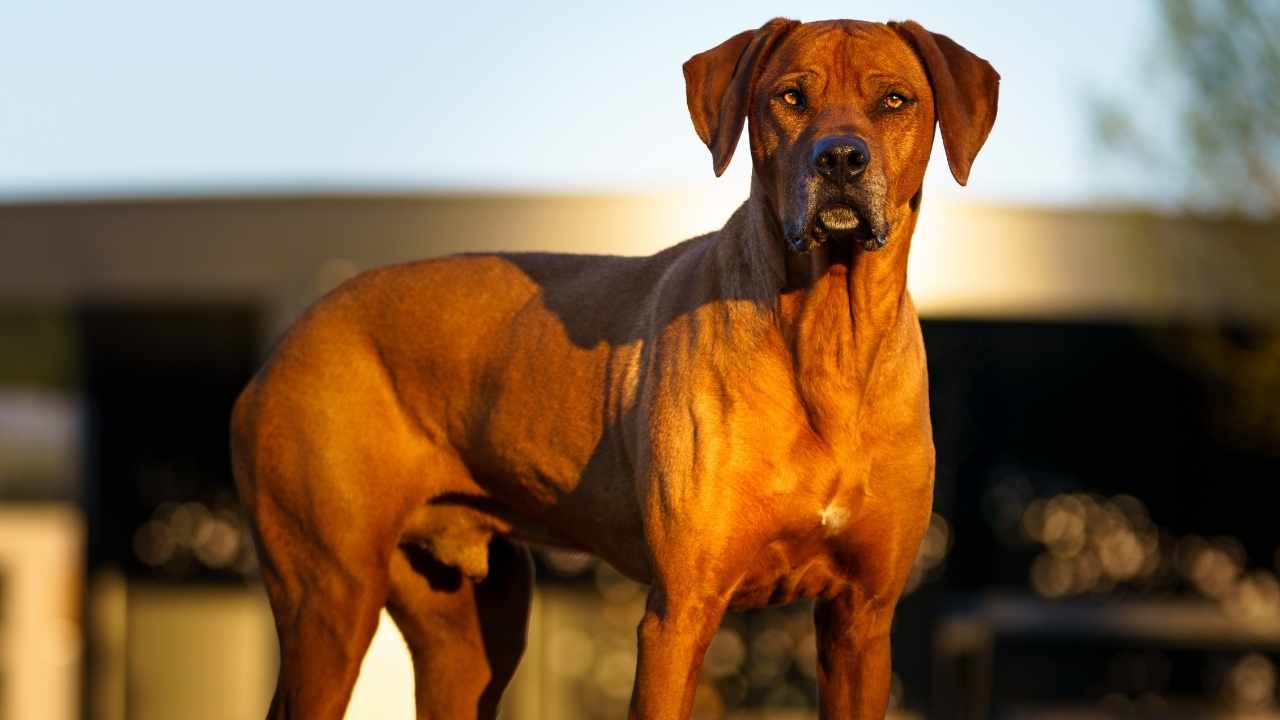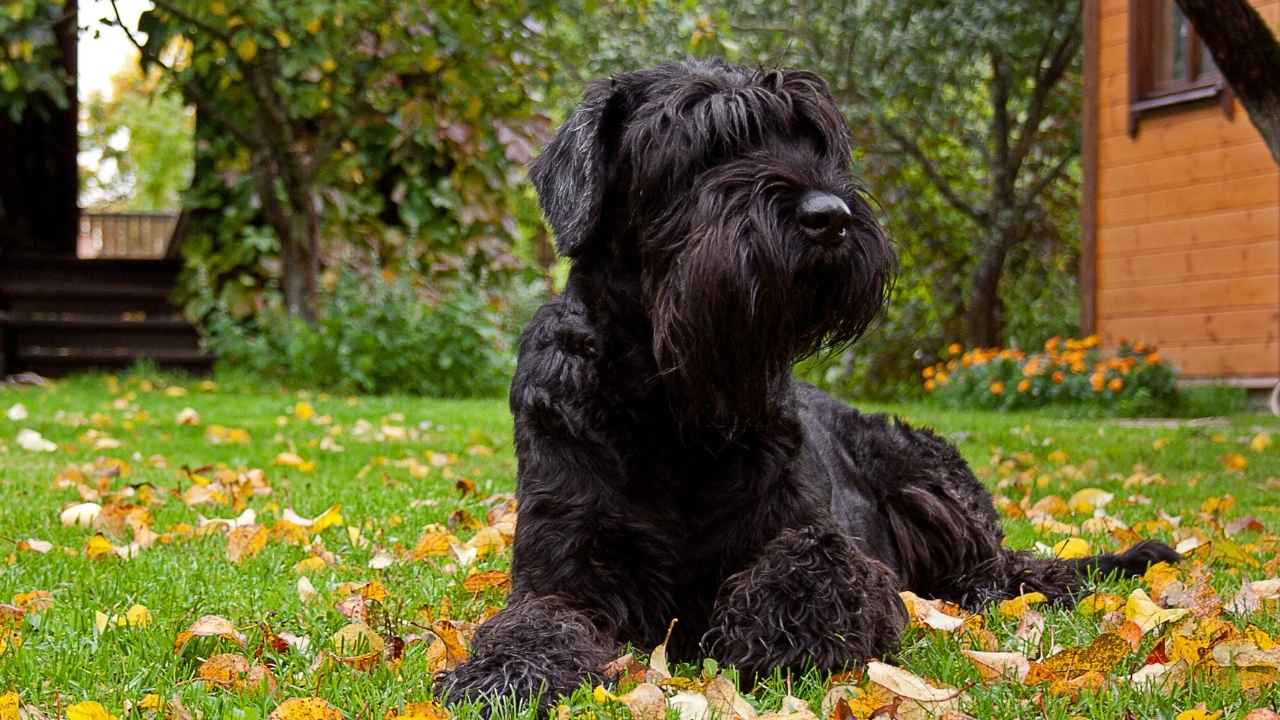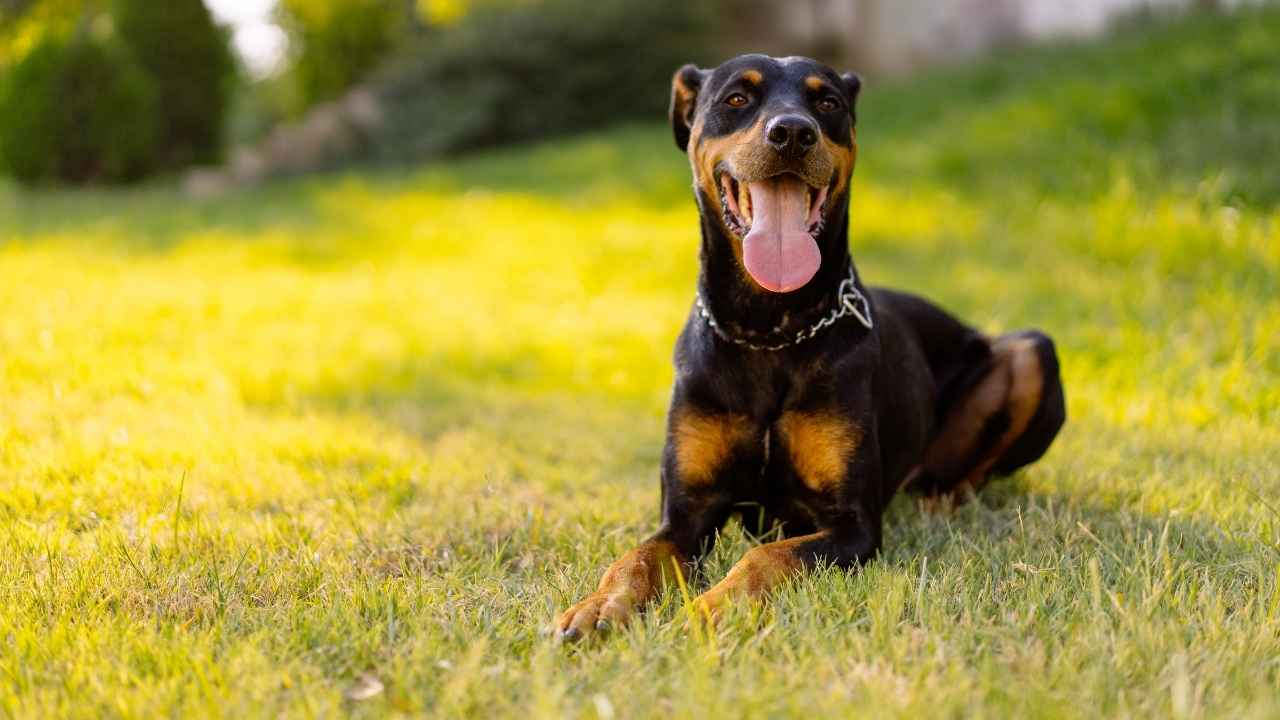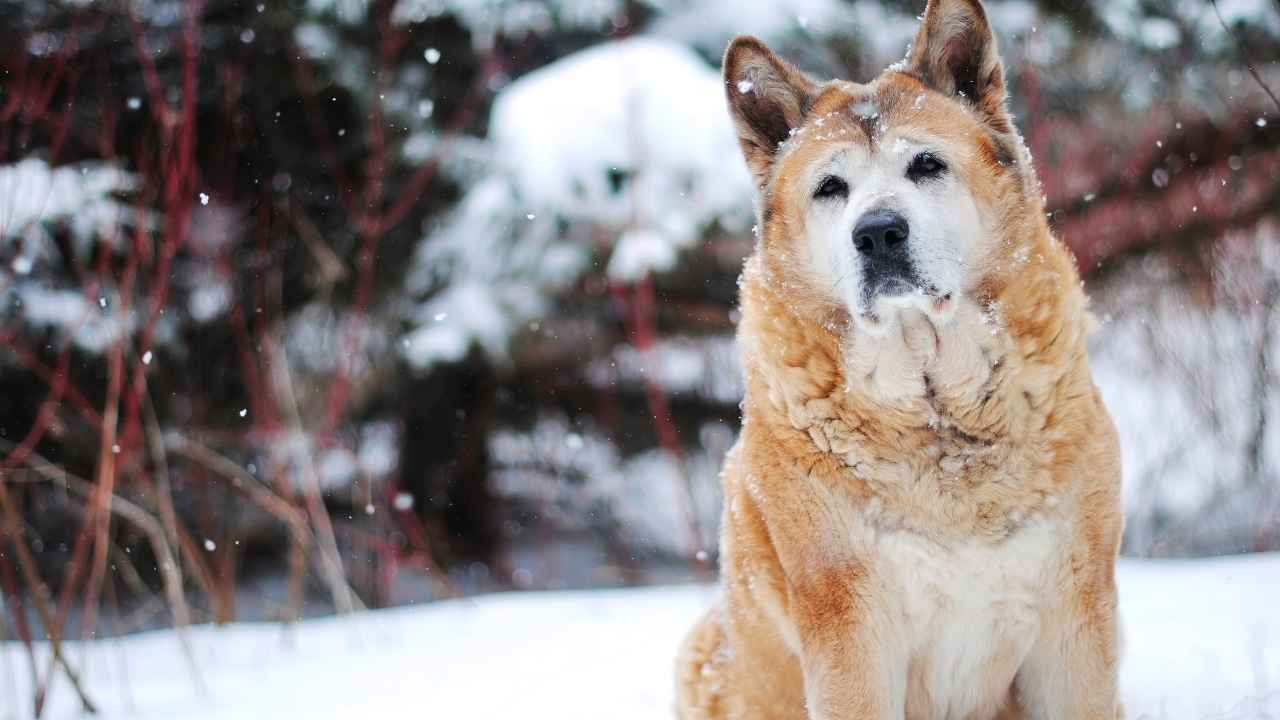As time marches forward, certain large dog breeds defy the expectations set by their imposing size and gracefully embrace their golden years while maintaining remarkable vitality. These breeds are celebrated for their longevity and spirited disposition, proving that age is just a number. From majestic Great Danes to spirited Siberian Huskies, these canine companions continue to enrich our lives with their undiminished energy and enduring loyalty. Explore the world of these nine large dog breeds, where the joy of companionship doesn’t fade with time but grows stronger, as they show us that an active, graceful life is achieved through love and care.
Big dogs don’t always slow down overnight—many remain playful and full of life well into their old age with the right care. While not every pup will match Bobi, the world’s oldest recorded dog at 31, a loving owner can help their furry companion age gracefully and happily.
Aging is more than just numbers—it’s about quality of life. Genetics matter, but a balanced diet, regular exercise, and a warm, loving home can keep tails wagging for years. Even in their golden years, big dogs can have bursts of puppy-like energy when given the right support.
Studies show that good nutrition and consistent activity can extend a dog’s life by up to 2.5 years. That’s extra time for belly rubs, adventures, and cherished moments. Keeping them at a healthy weight is key to ensuring they stay active and happy.
It’s not just about adding years—it’s about making every moment count. Some older dogs may slow down, but others still love their daily walks, games of fetch, and learning new tricks. With the right care, big dogs can stay just as lively, loving, smart, and devoted as ever.
9 Large Dog Breeds Known For Aging Gracefully And Staying Active
1. Newfoundland
|
9-12 years |
Prone to hip dysplasia and heart issues; regular vet checkups are a must. |
Thick double coat needs weekly brushing to prevent matting; more during shedding seasons. |
Newfoundlands are the gentle giants of the dog world. Despite their large size, they have a calm demeanor and an affectionate nature, making them excellent companions for families and other pets. They thrive on companionship and love being around their pet parents.
AKC recommends that while they may look like big couch potatoes, these working dogs require moderate exercise to maintain a healthy weight. Daily walks and outdoor activities like swimming help keep their joints strong and flexible.
Newfoundlands are prone to hip and elbow dysplasia, so keeping them at a healthy weight through a balanced diet is crucial. Regular vet visits can help monitor any developing health issues.
Their thick double coat is stunning but high maintenance. Regular grooming is necessary to keep their fur from matting. They also drool—a lot—so keep a towel handy to manage the mess!
2. Bernese Mountain Dog
|
7-10 years |
Susceptible to joint problems and cancer; early detection is key. |
Requires frequent brushing; their thick fur can trap dirt and debris. |
Bernese Mountain Dogs are known for their gentle nature and strong sense of loyalty. They’re great family dogs that bond deeply with their owners and love to be part of everyday activities.
Britannica claims that despite their large size, they have boundless energy in their younger years. Regular exercise, such as playing fetch and daily walks, is essential for keeping them active into their golden years. However, avoid high-impact activities that could strain their joints.
They are prone to hip and elbow dysplasia, so a balanced diet with joint-supporting supplements is crucial. Because they can be prone to obesity, keeping their meals portion-controlled is a must.
Their long, thick coat needs regular grooming to stay clean and free of tangles. A well-groomed Bernese isn’t just a beauty—it’s a healthy, happy pup!
3. Great Pyrenees
|
10-12 years |
Prone to bloat and hip dysplasia; regular monitoring is necessary. |
The thick double coat requires weekly brushing and seasonal deshedding. |
The Great Pyrenees is a majestic, strong-willed guardian breed. These dogs were bred to protect livestock, and they carry that same protective, calm demeanor into family life. Their affectionate nature makes them well-suited for homes with other pets.
While they have a relaxed temperament, they still need regular exercise to maintain a healthy weight. Daily walks and mental stimulation through interactive play help prevent boredom and behavioral issues.
WebMD warns that like other large breeds, they are prone to hip dysplasia and bloat, which means pet parents should be mindful of their diet and meal portions. Slow-feeding bowls can help reduce the risk of bloat.
Their thick double coat is surprisingly low maintenance most of the year, but when shedding season hits, expect hair everywhere! Brushing a few times a week helps control the shedding.
4. Irish Wolfhound
|
6-8 years |
Prone to heart disease and joint issues; routine vet visits are crucial. |
A short, wiry coat requires minimal grooming, but occasional brushing is recommended. |
Irish Wolfhounds are the racing dogs of the large breed world, built for speed yet known for their gentle temperament. Despite their intimidating size, they are exceptionally social and get along well with smaller pets and other animals.
These dogs don’t need intense exercise, but they do need daily walks and space to stretch their long legs. They benefit from moderate exercise that supports their joints without overexertion.
Heart conditions and hip dysplasia are common in this breed, so keeping their weight in check and scheduling regular vet checkups is important. A well-balanced diet designed for large breeds can support their longevity.
With a short, rough coat, their grooming needs are relatively low maintenance. A quick brushing once a week keeps them looking sleek and healthy. However, their large size means they take up a lot of space—both in your home and your heart!
5. Rottweiler
|
9-12 years |
Prone to hip dysplasia and heart issues; regular vet visits are essential. |
A short coat requires minimal grooming but sheds year-round. |
Rottweilers are powerful, intelligent, and loyal dogs that make excellent companions. They thrive with proper training and strong leadership from their owners. Their affectionate nature makes them great family dogs when socialized early.
These working dogs require regular exercise to maintain their muscular build and prevent obesity. Playing fetch, daily walks, and structured activities help keep them mentally and physically stimulated.
Common health issues include hip and elbow dysplasia, as well as heart conditions. Maintaining a healthy weight and scheduling regular vet visits can support their longevity.
Despite their short coat, Rottweilers shed consistently. Regular grooming helps control shedding and keeps their coat healthy.
6. Rhodesian Ridgeback
|
10-12 years |
Generally healthy but can develop joint issues; watch their weight. |
The short coat is easy to maintain with occasional brushing. |
Rhodesian Ridgebacks are strong, independent, and athletic dogs with a rich hunting dog heritage. They are well-suited for active families who enjoy outdoor activities.
They require moderate exercise to keep their energy levels balanced. Daily walks and running sessions help them stay fit, and they love playing fetch.
Though generally healthy, they can develop joint problems as they age. A balanced diet and early training ensure a long and active life.
Puriana adds that their short, sleek coat is low maintenance but sheds seasonally. Weekly brushing helps manage shedding and keeps their coat shiny.
7. Giant Schnauzer
|
12-15 years |
Prone to bloat and hip issues; regular vet monitoring is key. |
Requires frequent grooming and trimming due to their wiry coat. |
Giant Schnauzers are highly intelligent, loyal, and protective dogs. They were originally bred as working dogs, which means they thrive in an active lifestyle with plenty of mental stimulation. Their strong sense of duty makes them excellent guard dogs and family companions.
These energetic dogs require regular exercise, including daily walks, playtime, and structured training to keep their high energy levels in check. Without enough stimulation, they can develop behavioral issues.
Common health concerns include hip dysplasia and bloat, so maintaining a healthy weight and monitoring their diet is crucial. Regular vet visits ensure any early signs of health problems are addressed.
Their wiry coat needs frequent grooming, including brushing and trimming, to prevent matting. A professional groomer can help maintain their signature look while keeping their skin healthy.
8. Doberman Pinscher
|
10-13 years |
Heart conditions and joint problems are common; early detection helps. |
The short coat is low maintenance but sheds frequently. |
Doberman Pinschers are sleek, powerful, and highly intelligent dogs. Known for their loyalty and sharp instincts, they make excellent companions and working dogs. They bond closely with their owners and require proper training and socialization from an early age.
Pawlicy advisor suggests that these high-energy dogs need plenty of daily exercises, including long walks, playing fetch, and obedience training. Mental stimulation is just as important as physical exercise to keep them from becoming bored or anxious.
Common health concerns include heart conditions and hip dysplasia, so regular vet checkups and a well-balanced diet are essential for their longevity. Maintaining a healthy weight can help prevent joint issues.
Despite their short coat, Dobermans shed regularly. Weekly brushing helps manage shedding and keeps their coat looking sleek and shiny. They are relatively low maintenance when it comes to grooming, making them a great choice for owners who prefer an easier upkeep routine.
9. Akita
|
Life Span |
Health Care |
Skin Care |
|
10-15 years |
Prone to hip dysplasia, thyroid issues, and autoimmune disorders; regular vet visits are crucial. |
A thick double coat requires frequent brushing, especially during shedding seasons. |
Akitas are intelligent, strong-willed, and fiercely loyal to their owners. Originally bred as hunting dogs in Japan, they have a protective nature and a strong sense of independence.
They require regular exercise, including daily walks and interactive play, to maintain a healthy weight and mental stimulation. However, they can be stubborn, so early training is essential.
Akitas are prone to hip dysplasia and thyroid issues, making a well-balanced diet and vet checkups critical to their health. Their strong physique demands joint support through proper nutrition.
PDSA alerts that their thick double coat sheds heavily twice a year, requiring frequent grooming. Despite their regal appearance, they are not low maintenance—but they are worth it!
Tips for Pet Parents to Take Care of an Aging Pup
-
Regular Vet Checkups: Senior dogs need more frequent health screenings to catch issues early and maintain overall well-being.
-
Joint Care & Mobility Support: Provide orthopedic beds, ramps, and joint supplements to ease movement and prevent stiffness.
-
Proper Diet & Hydration: Adjust nutrition to meet aging needs, ensuring a diet rich in proteins, healthy fats, and essential nutrients.
-
Gentle & Consistent Exercise: Keep them active with daily walks and low-impact activities like swimming to maintain muscle tone.
-
Mental Stimulation & Affection: Keep their minds sharp with interactive toys, training refreshers, and plenty of love and companionship.
Conclusion
Large dogs don’t have to slow down fast—many breeds defy the odds and stay active for years. With the right care, these gentle giants can remain strong, mobile, and full of life well into their golden years.
While large breeds have their charm, other breeds, including German Shepherds, Labrador Retrievers, and Golden Retrievers, are also known for their friendly nature and longevity. Even smaller breeds like Poodles and Greyhounds can maintain an active lifestyle and make great companions.
Senior years don’t mean a decline in life quality. Whether it’s a Rottweiler, a Pit Bull, or even a puppy just starting, proper training, a balanced diet, and regular exercise ensure they remain happy and healthy.
From small dog breeds to larger furry friends, every dog deserves love, care, and an active lifestyle. Older dogs, when given the right attention, can continue to thrive alongside other pets and smaller breeds. Life with a four-legged companion is all about creating lasting memories, regardless of their age or size.
In conclusion, the nine large dog breeds renowned for aging gracefully and maintaining their vitality are a testament to the blend of strong genetics and proper care. These breeds, celebrated for their robust health and spirited nature even in their senior years, remind us of the importance of a balanced diet, regular exercise, and routine veterinary care. Their enduring activity levels and playful demeanor offer companionship and joy throughout their lives, providing an enriching experience for any dog owner. Choosing one of these breeds can ensure a loyal and lively friend for many years.
